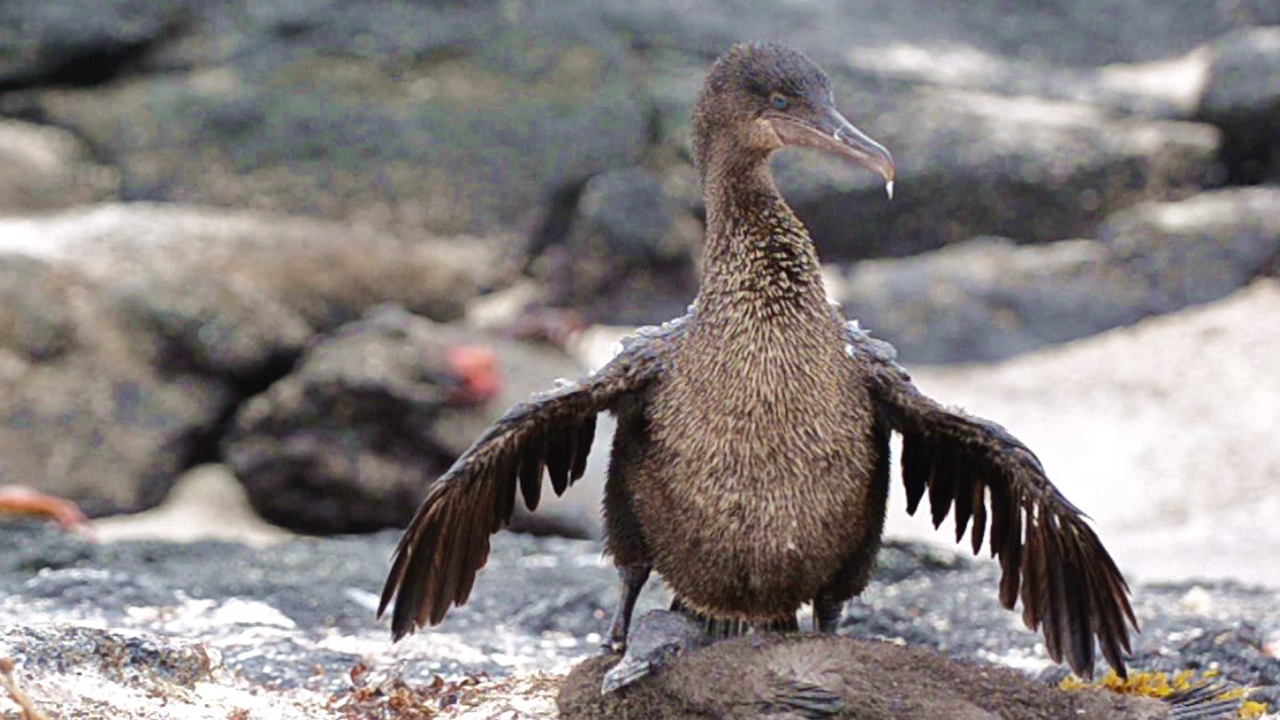Galapagos Islands: Endemic Species of the Galapagos (1)
Share




If you are an adventurer and a nature lover, you have to add the Galapagos Islands to your bucket list. In addition to the lack of natural predators and friendly wildlife, these Islands are teeming with a diverse array of endemic plants and animals. This means that they are not found elsewhere in the world, thanks to the geographical isolation of the Islands from other places.
Located 1000 km off the Ecuadorian Coast in the Pacific Ocean, the Galapagos Archipelago is made up of 13 major Islands, seven smaller and about 125 islets. These Islands are considered one of the most volcanically active areas in the world. Repeated seismic and volcanic activity helped form the rugged mountain landscape of the Galapagos Islands. There are still active volcanoes across the Islands, which affect the Islands and make them in a state of change with new Islands emerging or sinking.
According to UNESCO, the Galapagos Archipelago is considered one of the most unique, scientifically important, and biologically outstanding areas on Earth. Galapagos is so bio-diverse thanks to the different habitat zones that are found on the Islands. Environmental conditions helped form this unique ecosystem, and the climate affected the animals and plants.
There are many theories on the nature of the animals and plants on the Galapagos Islands. The most popular belief is that the original species that evolved to this unique ecosystem arrived to these Islands from the surrounding Islands on flotation rafts of vegetation and other wastes, or via wind, storms, and sea currents. It was easier for birds to reach the Islands than reptiles or mammals, which can take days or even months at Sea, and many of them did not survive.
Land Iguana
One of the famous endemic species on the Galapagos Islands is the “Galapagos Land Iguana”, which is considered one of the largest lizards in the world. It can grow up to 1.5 meters in length and can weigh up to 13 kg, depending on the Island it is living on. It is yellowish in color with black, white, and brown splotches; it has a short head and powerful hind legs, with sharp claws on their toes. Even though it may look scary, they are herbivores that feed on pear leaves and fruit. They can be seen all the year round on the Islands and have a symbiotic relationship with the birds, which remove parasites and ticks from the Iguana's body, providing food for the birds. The main threat facing the Galapagos land iguana is volcanic eruptions or periodic droughts.
.jpg)
Flightless Cormorant
Another endemic species is the “Flightless Cormorant”, also known as the Galapagos Cormorant, which is most famous for not flying. It is the only species out of 29 cormorant species that cannot fly; its stunted wings are one-third the size of the wings required to fly. The keel on the breastbone, where birds attach the large muscles needed for flight, is also greatly reduced. The flightless cormorants still use its wings for balance while jumping from one rock to another. They range from 90–100 cm in length and can weigh up to 5 kilograms, making them the heaviest cormorants in the world. The flightless cormorants tuck in their wings and dive into the ocean to get food, such as octopus, eel, and rockfish.

References
galapagosconservation.org.uk
gogalapagos.com
nationalgeographic.com
national-parks.org
whc.unesco.org
The article was first published in print in SCIplanet, Spring 2022 “Ecosystems and Life: On Land”